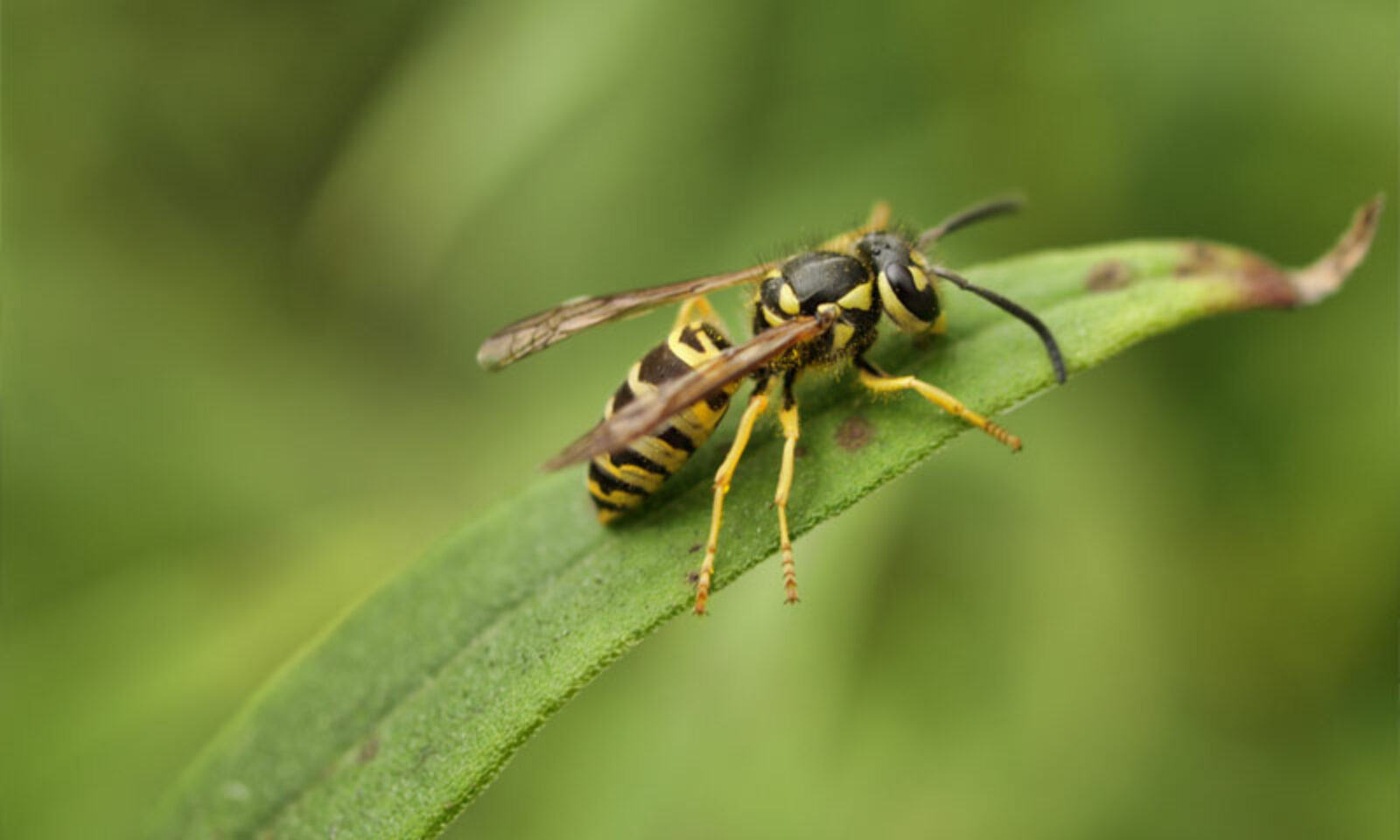Winter’s Impact on Bees and Their Hives: What You Should Know
As winter blankets the Midwest in snow and freezing temperatures, honey bees and other stinging insects enter a season of survival. Understanding what happens to these creatures during the colder months can be fascinating—and might even help you avoid potential issues come spring.
Where Do Honey Bees Go in Winter?
Honey bees, unlike many insects, do not hibernate. Instead, they form a tight cluster inside their hive to keep warm, with the queen at the center of the group. Worker bees vibrate their wings and bodies to generate heat, keeping the hive’s internal temperature between 90°F and 95°F during the coldest months.
This activity requires a significant amount of stored honey for energy, which the bees consume throughout the winter. If a hive runs out of food or if moisture seeps in and freezes the bees, the colony may not survive.
What About Hornets and Yellow Jackets?
Unlike honey bees, hornets and yellow jackets do not maintain their nests through the winter. In late fall, most of the colony dies off, leaving only fertilized queens to overwinter in sheltered spots such as logs, soil, or even inside structures. These queens will emerge in spring to build new nests, often in locations that can become a nuisance to homeowners.
Winter Bee Issues You Should Watch For
While bee activity slows significantly in winter, some issues can arise:
- Stray Bees Indoors: If bees have built a hive inside your walls or attic during the warmer months, they may accidentally wander into your living spaces through small openings. These bees are often sluggish and disoriented due to the cold.
- Structural Concerns: A hive left inside a structure can cause problems even during winter. Moisture from the hive or decaying honeycomb can damage walls, insulation, and drywall. Come spring, any leftover honey can attract other insects or animals.
- Preparing for Spring: If you’ve noticed bees or wasps near your property during the fall, it’s a good idea to address potential issues now. Winter is the perfect time to plan for removal before the colonies reestablish themselves.
Tips for Winter Bee-Proofing
To avoid surprises in the spring, here are a few steps you can take:
- Seal cracks and crevices around your home, especially near vents, windows, and eaves.
- Inspect attics, crawl spaces, and other unused areas for signs of nests or hives.
- Keep firewood and other outdoor debris away from your home, as these can provide shelter for overwintering queens.
Call TruNorth for Expert Advice
While bees may be less active in winter, this season offers a great opportunity to address any concerns about hives or nests on your property. At TruNorth Bee Removal, we specialize in safely removing hives, repairing structures, and preventing reinfestation—even during the colder months.
If you suspect a hive in your home or want to ensure your property is ready for spring, contact us today. Let TruNorth help you enjoy a worry-free winter while giving honey bees a chance to thrive in a better location.


